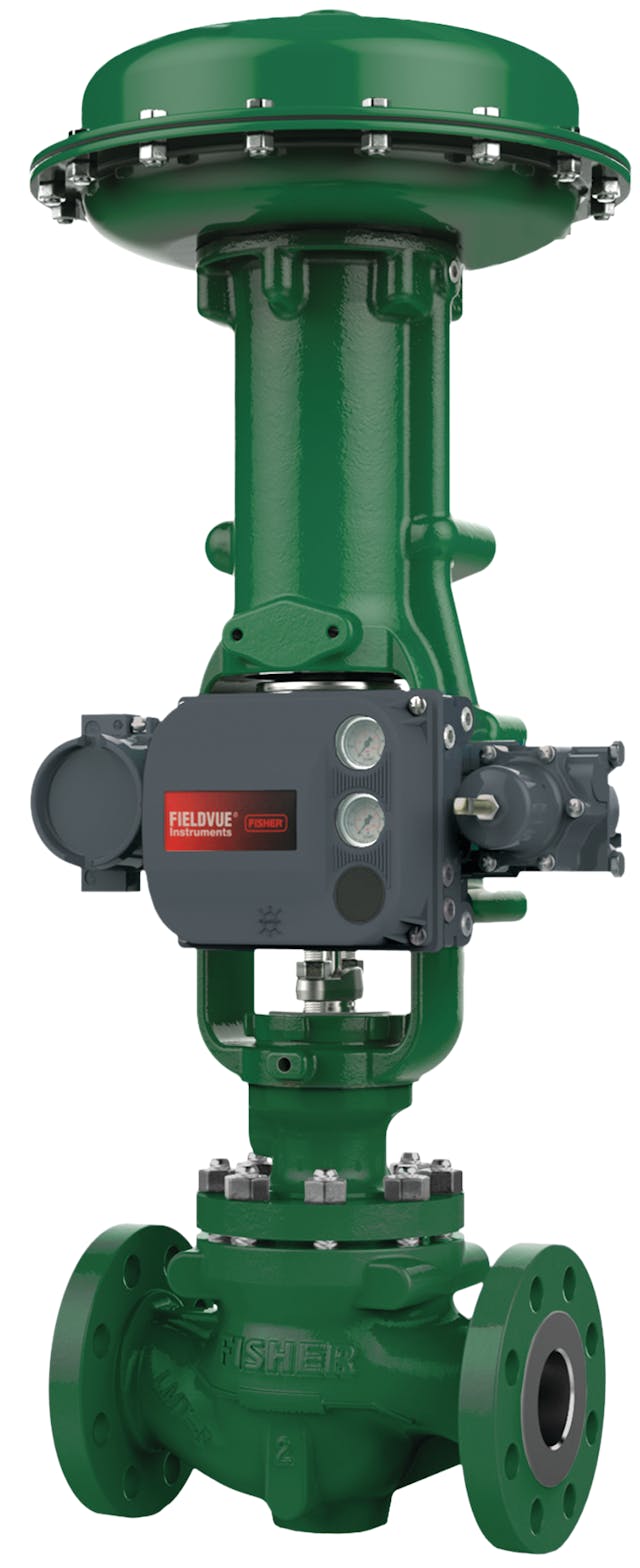Enhancing Functional Efficiency with Advanced Control Valves
Enhancing Functional Efficiency with Advanced Control Valves
Blog Article

Maximize Power Cost Savings and Comfort With Advanced Building Automation Controls
In the world of modern-day design and center management, the integration of innovative building automation manages stands as a pivotal innovation. By harnessing the power of automation, structures can adjust, respond, and progress in methods that were as soon as unimaginable.
Energy Effectiveness Benefits
Energy effectiveness benefits can substantially minimize power usage and operational prices in buildings. Energy-efficient systems, such as sophisticated structure automation controls, can maximize the usage of resources like heating, lighting, and air conditioning, leading to reduced energy expenditures over time.
Moreover, boosted energy effectiveness can extend the lifespan of structure devices and systems. By running much more efficiently, HVAC systems, lighting fixture, and various other building components experience less deterioration, resulting in decreased maintenance and substitute costs. Furthermore, energy-efficient structures typically regulate greater property worths and rental prices, offering lasting monetary advantages to owners.
In addition, energy efficiency can improve occupant comfort and performance. Correctly controlled indoor atmospheres with optimum lights and thermal problems create a more positive and conducive workspace, causing enhanced staff member fulfillment and efficiency. Overall, the energy performance benefits connected with sophisticated structure automation controls are diverse, incorporating cost financial savings, environmental stewardship, and occupant well-being.
Enhanced Comfort Control
Enhancing comfort control in structure settings calls for an innovative assimilation of advanced automation systems for optimal resident wellness. By using innovative structure automation controls, centers can customize the interior atmosphere to fulfill the details demands and choices of passengers. These systems make it possible for precise regulation of illumination, temperature level, and ventilation, producing a productive and comfortable ambience. Passenger satisfaction and performance are carefully connected to thermal convenience, making it vital to have systems in position that can adapt to altering conditions in real-time.
Boosted comfort control goes past basic temperature level modifications. It includes functions such as tailored settings, tenancy sensing units, and natural light utilization to develop a receptive and dynamic setting. By including these advanced controls, buildings can not just boost convenience but also enhance energy efficiency by optimizing system operations based upon real occupancy and usage patterns. Inevitably, prioritizing owner comfort with sophisticated automation systems results in a much more enjoyable and healthier indoor atmosphere.
Operational Effectiveness Improvements

In addition, the execution of real-time surveillance and analytics devices makes it possible for structure operators to determine energy inefficiencies and functional anomalies without delay. By continuously keeping track of power usage patterns and system efficiency metrics, modifications can be made in real-time to optimize power usage and make certain peak operational effectiveness. control valves. In addition, integrating need action strategies right into structure automation controls can further improve functional efficiency by dynamically readjusting energy use based on grid conditions and prices signals
Indoor Climate Optimization
Reliable interior climate optimization is a basic aspect of building automation controls, making sure owners' convenience and well-being while taking full advantage of power cost savings. By utilizing advanced sensing units and controls, constructing automation systems can continuously keep an eye on and readjust temperature, humidity levels, air high quality, and ventilation to produce an optimum interior environment. Maintaining regular and comfortable conditions not only boosts occupant fulfillment yet additionally enhances productivity and overall well-being.
Indoor climate optimization also plays a crucial duty in power performance. By fine-tuning cooling, ventilation, and heating systems based upon real-time information and tenancy patterns, building automation controls can dramatically lower power usage - control valves. Applying techniques such find out as demand-controlled ventilation and thermal zoning can help decrease energy waste while guaranteeing that each area of the structure receives the essential conditioning.

Sustainable Environment Development
Structure automation manages not just optimize interior environment conditions for power efficiency and owner comfort but likewise lay the pop over to these guys foundation for creating a lasting environment with tactical administration of systems and sources. By integrating advanced building automation technologies, such as sensors, actuators, and smart software application, centers can keep an eye on and readjust power usage in real-time to lessen waste and reduce their carbon footprint. These systems allow anticipating maintenance, determining possible concerns before they intensify and maximizing equipment performance to enhance long life and efficiency.
Furthermore, lasting setting creation expands beyond energy monitoring to incorporate water conservation, waste decrease, and indoor air top quality improvement. Building automation controls can regulate water usage, find leakages, and guarantee correct garbage disposal practices, adding to general sustainability initiatives. In addition, by keeping an eye on and regulating air flow and purification systems, these technologies enhance occupant wellness and performance while reducing power usage related to cooling and heating procedures.
Verdict
In verdict, progressed building automation controls deal substantial advantages in regards to energy savings, comfort control, functional effectiveness, indoor climate optimization, and creating a lasting setting. By executing these controls, buildings can achieve optimum efficiency while decreasing power intake and boosting passenger comfort. It appears that the use of advanced automation technology is crucial in boosting building efficiency and producing a more lasting future.
Energy efficiency advantages can dramatically lower energy intake Full Article and functional costs in structures. On the whole, the energy efficiency advantages associated with innovative building automation controls are multifaceted, incorporating expense financial savings, environmental stewardship, and occupant health.
Additionally, integrating need feedback methods right into structure automation controls can further enhance operational efficiency by dynamically adjusting power use based on grid problems and pricing signals.
Building automation manages not only optimize indoor climate conditions for energy efficiency and passenger comfort however also lay the foundation for creating a sustainable environment through tactical administration of systems and sources.In final thought, advanced building automation controls offer significant advantages in terms of power savings, convenience control, operational efficiency, interior environment optimization, and producing a sustainable environment.
Report this page